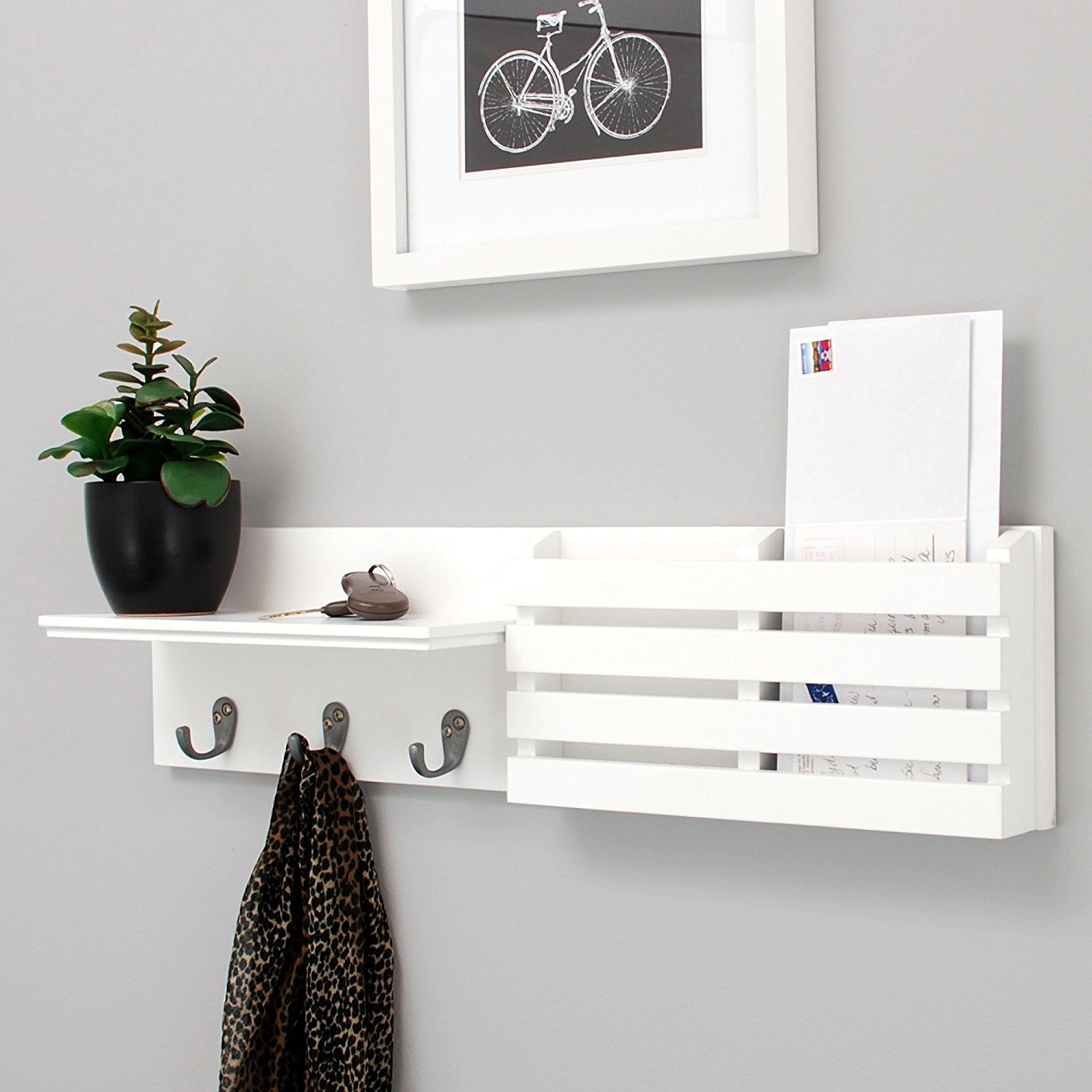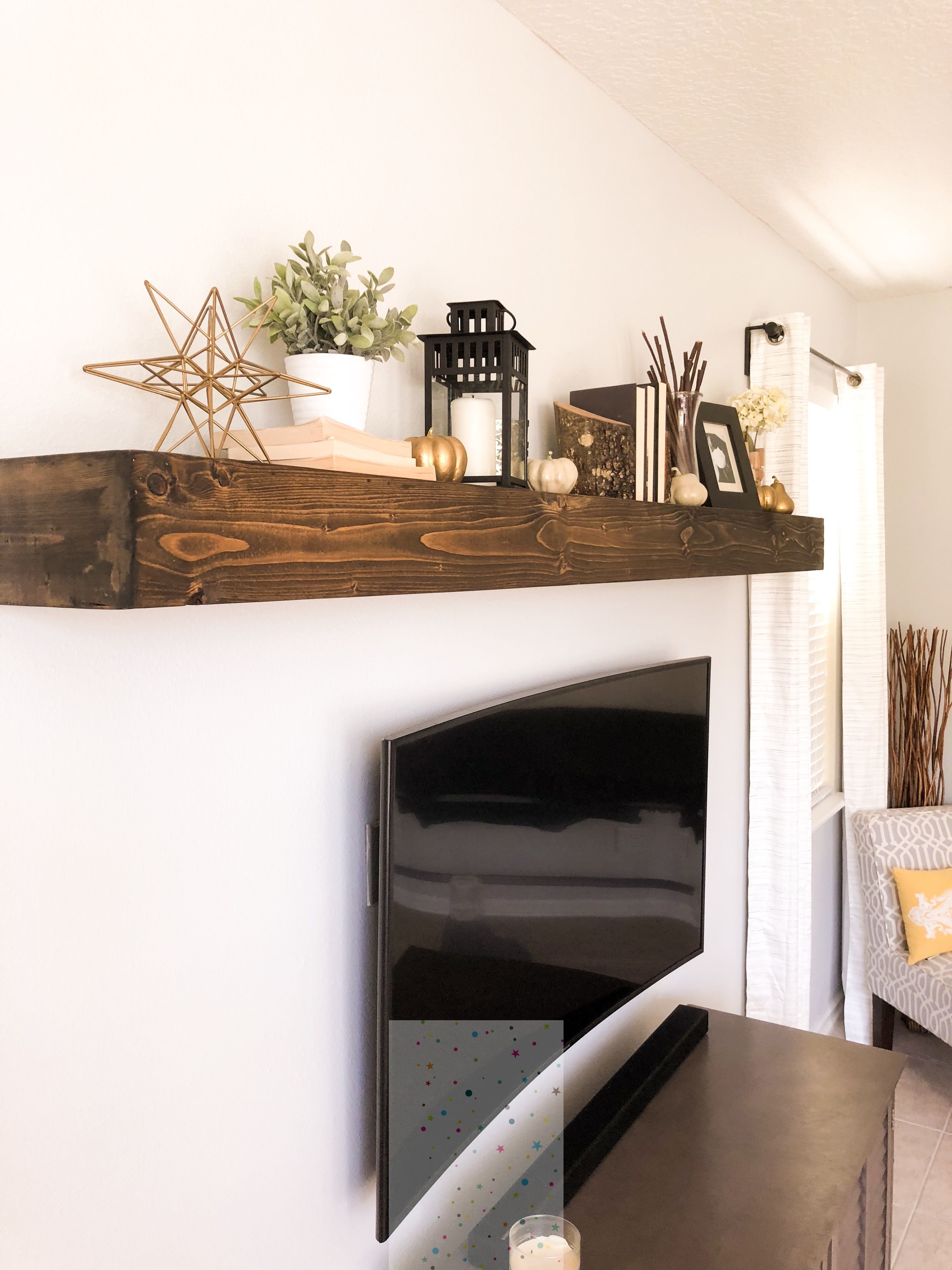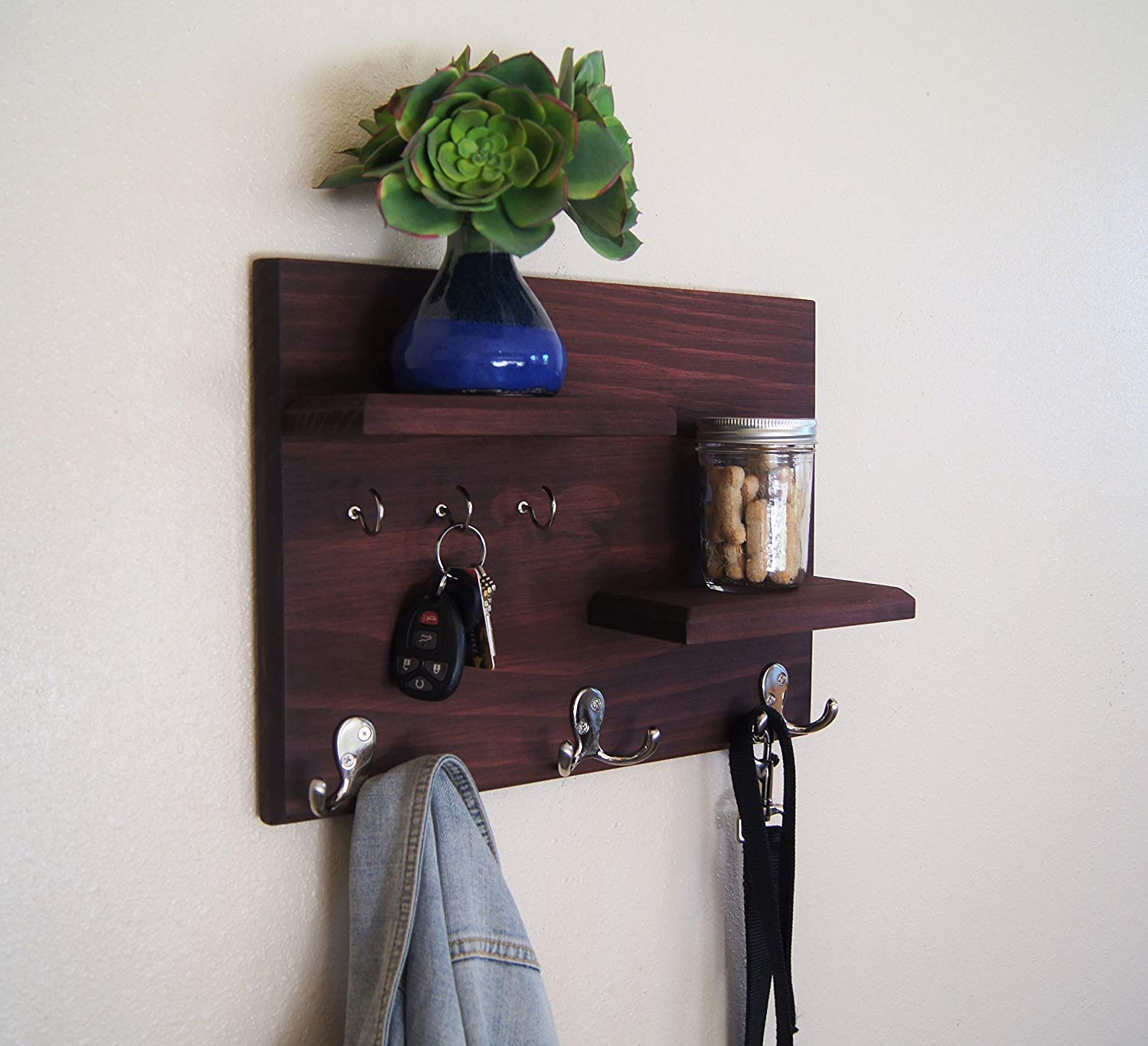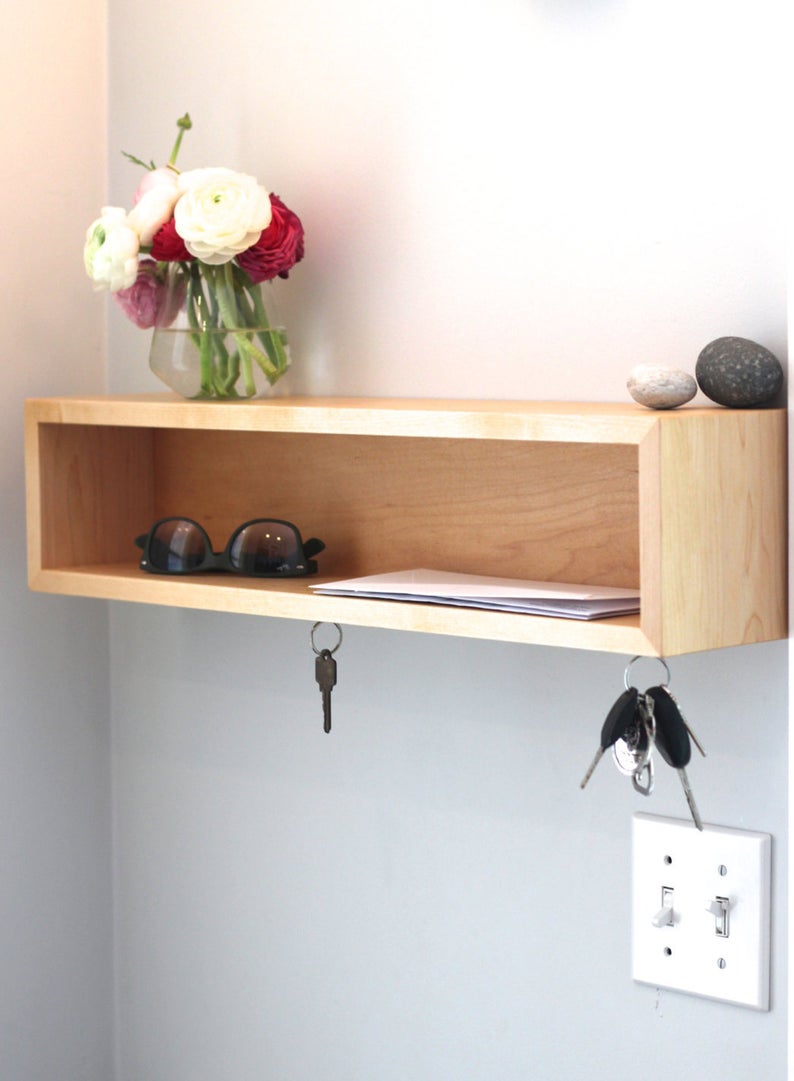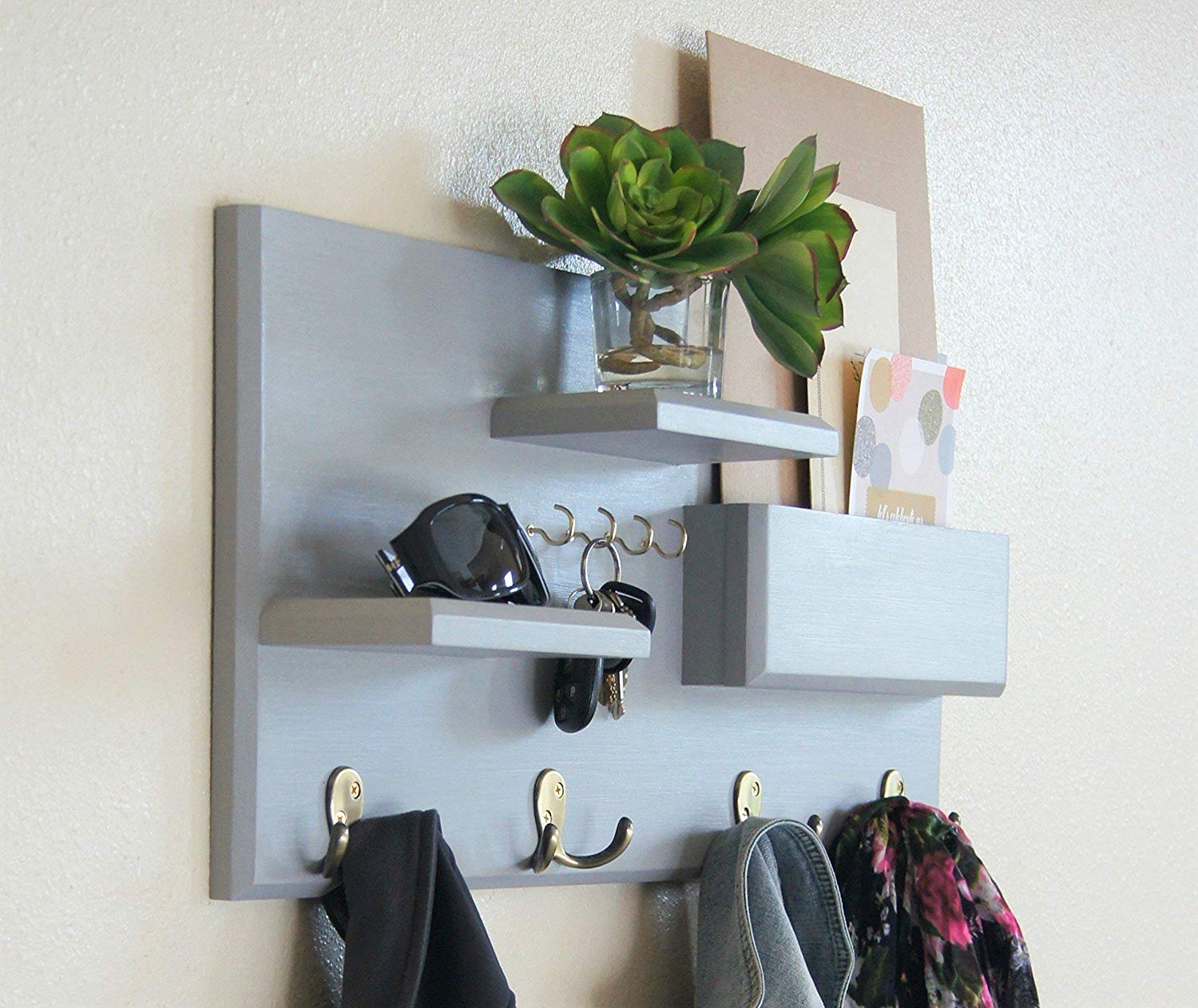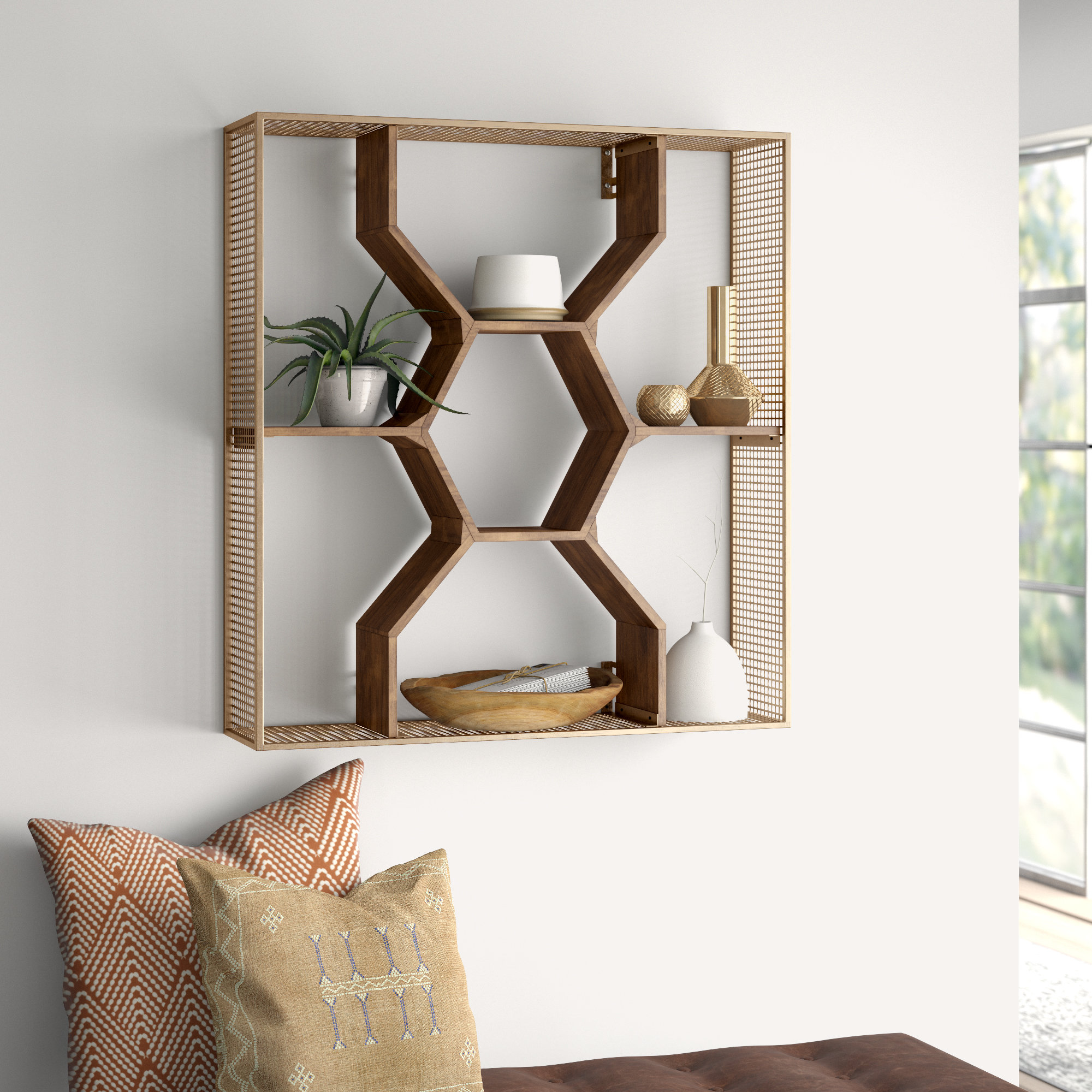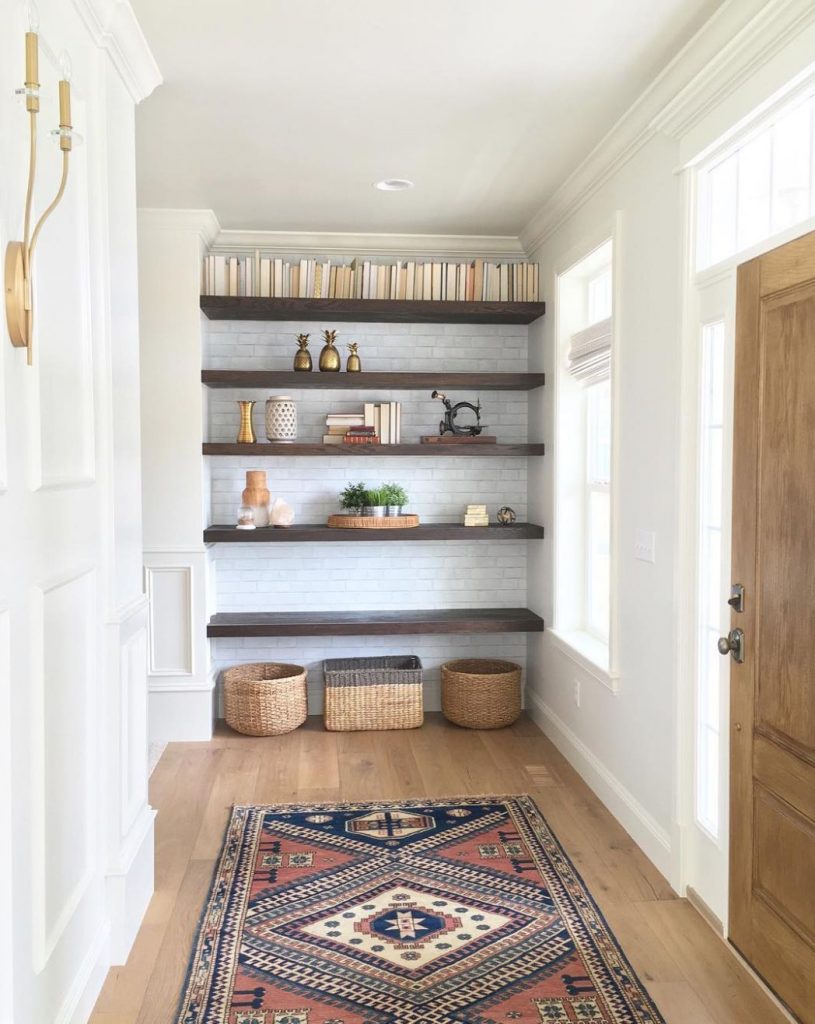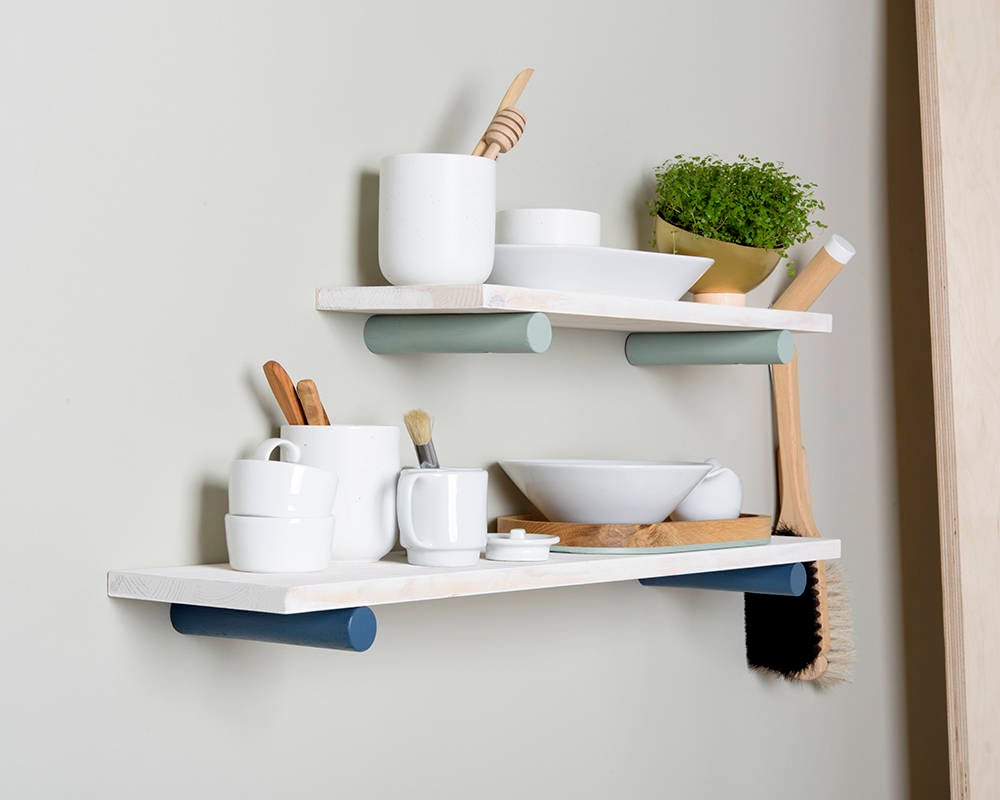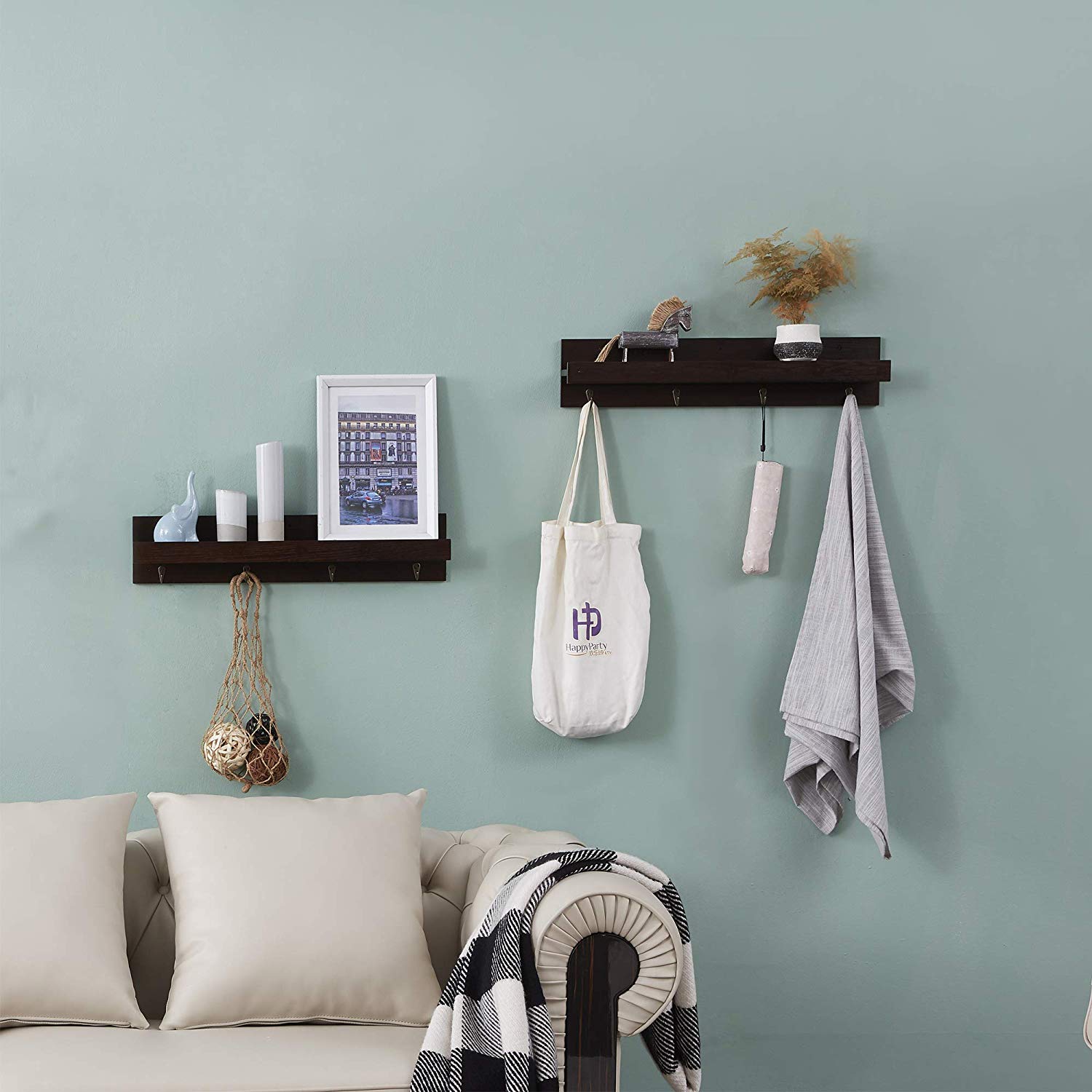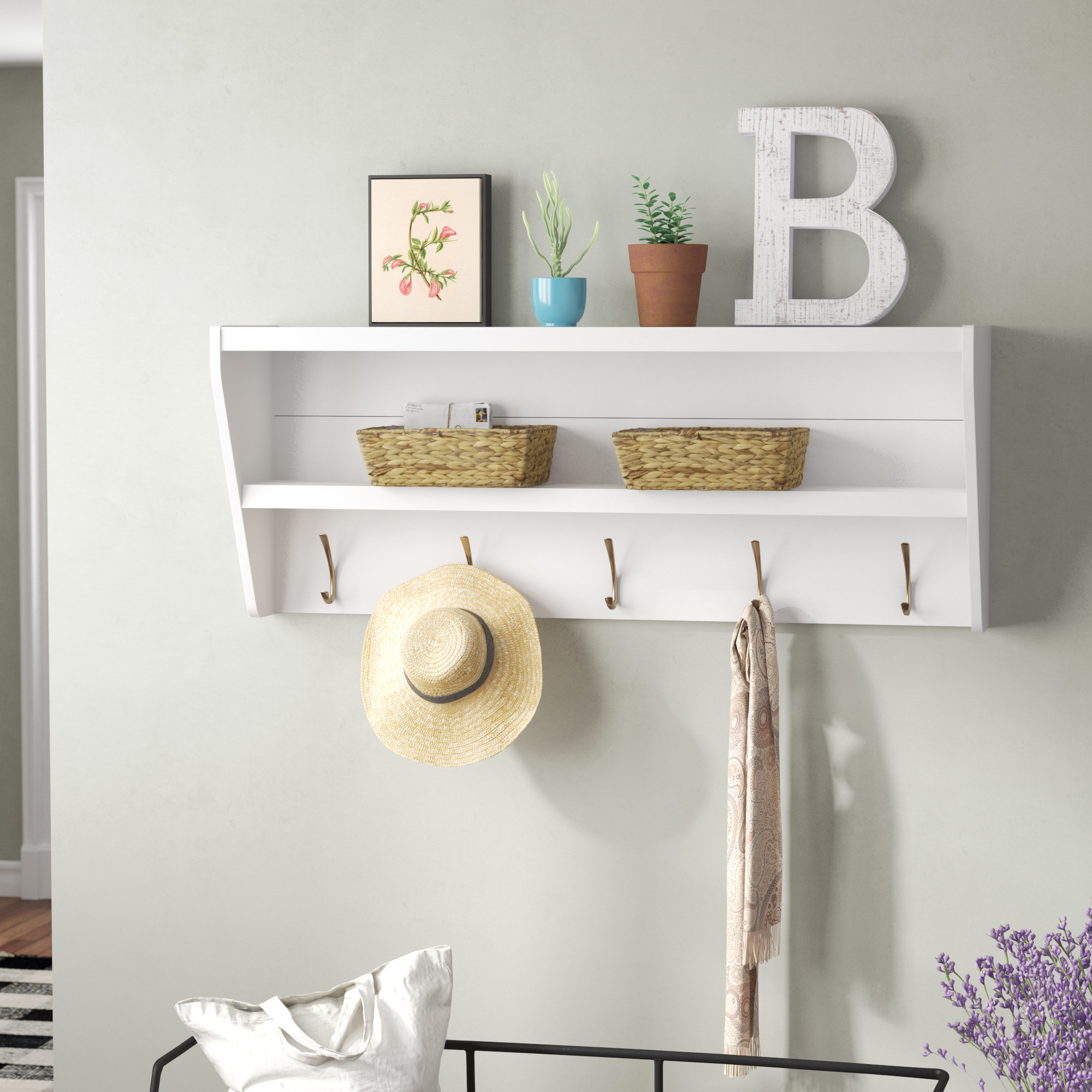Selecting the appropriate racks means that you will certainly need to consider a few elements that will certainly aid you make the right choice. This suggests that firstly you must make an initiative to determine just how you want to make use of the rack. This in turn implies that you need to recognize whether the shelf is to be made use of only for simple storage or is it to be a lot more ornamental. After this, it is necessary that you determine the location where you wish to situate the shelf and in instance you intend on adding an edge rack after that you will certainly first need to choose what to suspend.
To provide the illusion of no supports, floating racks are safeguarded on the wall surface utilizing cleats. These are strips of wood practically the size of the rack that are drilled right into the wall surface studs as though the shelves fit completely over them. To make cleats, you'll require to measure for cleat density precisely. Procedure the within length of the door, inside out, along with the precise width. Cut a 2- x 4-inch piece of wood at the same length as the cleat. After that make improvements the various other dimensions for height.
Lots of closet shelving systems are custom made. These all timber systems are utilized to hold hefty things or just to look great. An all wood shelving system may be set up in any kind of wardrobe location, so long as the materials are able to affix to the studs behind the wall. Some wall shelving systems can be affixed to a full sheet of plywood that is glued to a studless wall. In this manner you can safeguard the shelving to the wall surface whether there are studs behind the wall. Constantly remove all wall danglings before setting up any type of integrated shelving system to prevent damages.
What's actually terrific about cord shelving is that it can be set up in any type of storage room, despite what is behind the walls. No studs are required to affixing these shelves to the wall surface. A compression wedge is established right into the wall. When a screw is affixed into the compression wedge, it spreads apart behind the wall covering to keep it kept in place.
